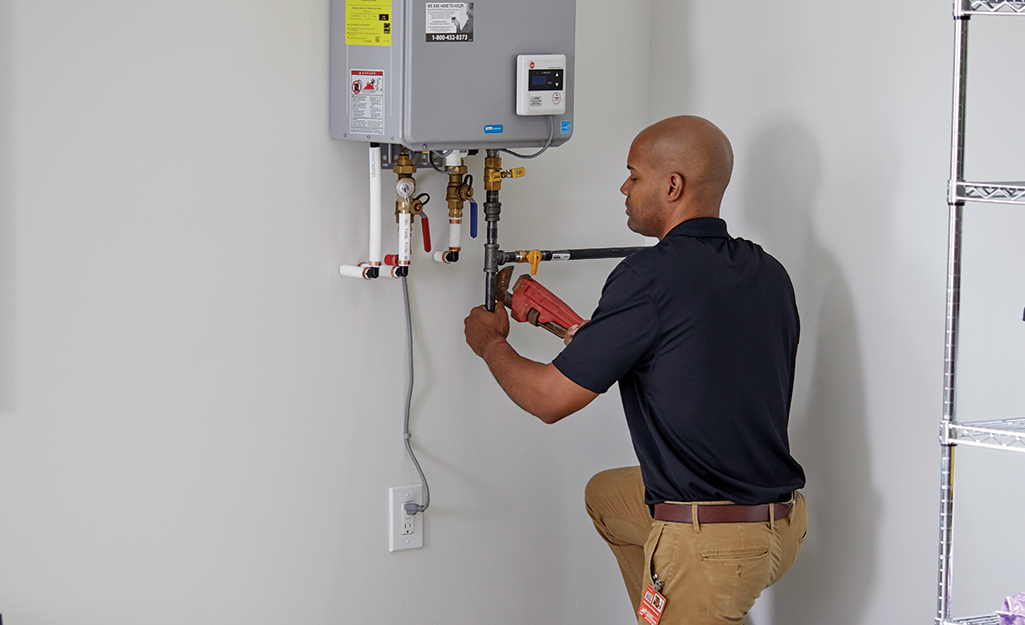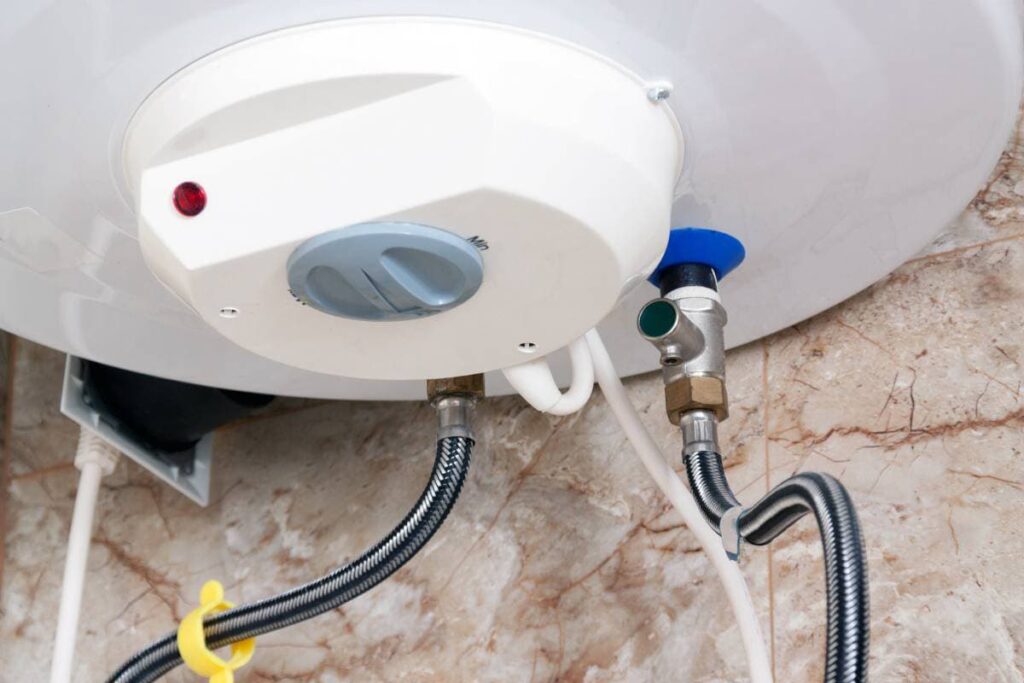We've come across this post about How to Maintain a Hot Water Heater in a Few Simple Steps directly below on the net and decided it made sense to share it with you in this article.

Warm water is necessary for everyday comfort, whether it's for a revitalizing shower or cleaning meals. To ensure your hot water system runs successfully and lasts longer, normal maintenance is vital. This short article offers practical pointers and insights on just how to keep your home's warm water system to prevent disturbances and costly repairs.
Intro
Preserving your home's hot water system could seem daunting, yet with a few straightforward steps, you can ensure it runs smoothly for many years to come. This guide covers every little thing from understanding your warm water system to DIY upkeep ideas and knowing when to employ specialist help.
Value of Keeping Your Warm Water System
Regular upkeep not only expands the lifespan of your warm water system but also guarantees it operates successfully. Overlooking upkeep can result in lowered effectiveness, greater energy expenses, and also premature failing of the system.
Signs Your Hot Water System Demands Upkeep
Knowing when your hot water system needs focus can prevent major concerns. Look out for indications such as irregular water temperature, weird noises from the heating unit, or corroded water.
Comprehending Your Warm Water System
Prior to diving into upkeep tasks, it's practical to understand the fundamental parts of your hot water system. Normally, this consists of the water heater itself, pipelines, anode poles, and temperature controls.
Regular Monthly Upkeep Tasks
Normal monthly checks can assist capture minor problems prior to they rise.
Flushing the Water Heater
Purging your water heater removes debris build-up, improving effectiveness and extending its life.
Monitoring and Changing Anode Rods
Anode rods prevent rust inside the storage tank. Checking and changing them when worn out is essential.
Checking and Readjusting Temperature Level Settings
Adjusting the temperature setups makes certain optimum performance and safety.
DIY Tips for Upkeep
You can do numerous maintenance jobs yourself to maintain your warm water system in leading problem.
Checking for Leaks
Frequently check pipelines and links for leakages, as these can bring about water damages and higher bills.
Testing Pressure Relief Valves
Testing the pressure relief valve ensures it functions correctly and avoids extreme pressure accumulation.
Protecting Pipes
Protecting warm water pipelines lowers warmth loss and can conserve energy.
When to Call an Expert
While DIY upkeep is valuable, some concerns call for specialist expertise.
Complex Concerns Calling For Specialist Assistance
Instances include major leaks, electric troubles, or if your hot water heater is regularly underperforming.
Routine Specialist Maintenance Advantages
Professional maintenance can consist of detailed assessments, tune-ups, and making sure compliance with safety and security criteria.
Final thought
Routine maintenance of your home's warm water system is crucial for effectiveness, longevity, and expense savings. By adhering to these tips and recognizing when to look for expert help, you can make certain a trusted supply of warm water without unexpected disruptions.
How to Maintain an Instant Hot Water Heater
Before tinkering with your hot water heater, make sure that it’s not powered on. You also have to turn off the main circuit breaker and shut off the main gas line to prevent accidents. Also turn off the water valves connected to your unit to prevent water from flowing into and out of the appliance. 2. When you’re done, you have to detach the purge valves’ caps. These look like the letter “T” and are situated on either side of the water valves. Doing so will release any pressure that has accumulated inside the valves while at the same time avoid hot water from shooting out and burning your skin. 3. When the purge valves’ caps are removed, you have to connect your hosing lines to the valves. Your unit should have come with three hoses but if it didn’t, you can purchase these things from any hardware or home repair shops. You can also get them from retail stores that sell water heating systems. Read the user’s manual and follow it to complete this task properly. When the hosing lines are connected, open the purge port’s valves. 4. You should never use harsh chemical cleaners or solutions when cleaning your unit. Make use of white vinegar instead. It should be undiluted and you’ll probably use about 2 gallons. 5. Now flush your water heater. This task should probably take about 40 minutes. We can’t give you specific directions for this because the procedure is carried out depending on the type, model and brand of your heater. With that being said, refer to the user’s manual. 6. When you’re done draining the unit, you have to turn off the purge port valves again. Remove the hosing lines that you earlier installed on each of the water valves. Put the valve caps (purge port) back in their respective places and be very careful so as not to damage the rubber discs that are found inside these caps. 7. Now that everything’s back in place, check your user’s manual again to find out how to reactivate your water heating system. 8. Once it is working, turn one of your hot water faucets on just to let air pass through the heater’s water supply pipes. Leave the tap on until water flows smoothly out of it. https://www.orrplumbing.com/blog/2014/september/how-to-maintain-an-instant-hot-water-heater/

I was shown that report about Tips on Maintaining a Water Heater through a good friend on our other site. Liked our post? Please quickly share it. Help someone else locate it. We cherish reading our article about Tips on Maintaining a Water Heater.
Click Here To Read More